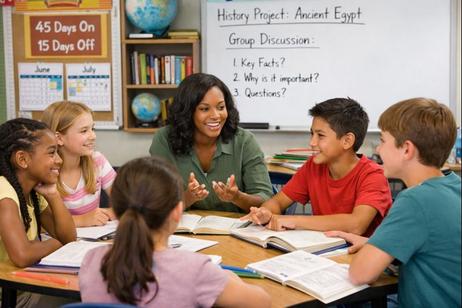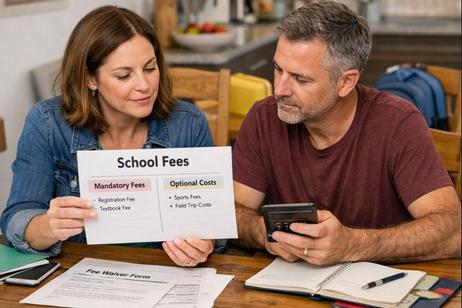Introduction
The discussion about whether public schools should adopt a year-round calendar continues to evolve in 2026 as families, educators, and policymakers weigh academic outcomes, cost implications, and household logistics. What once was a fringe alternative has moved into mainstream consideration, prompting questions about how calendar decisions affect student learning, family life, childcare, and long-term planning.
What Is Year-Round Schooling?
Year-round schooling typically involves redistributing the same overall number of instructional days across the entire year with shorter, more frequent breaks rather than one long summer vacation. Common models include the 45-15 schedule (45 days in session followed by 15 days off), 60-20, and 90-30 calendars. These schedules do not generally add instructional time, but they aim to reduce “summer learning loss,” maintain continuity, and provide intersession opportunities for remediation or enrichment.
Current Prevalence and Trends (2026)
About 10 percent of U.S. public schools now use a year-round or balanced calendar, a modest increase from earlier decades as districts seek solutions to post-pandemic learning challenges and scheduling inefficiencies.
In some places, year-round systems coexist with other scheduling reforms — such as later start times to support adolescent sleep health and block scheduling that allows longer class periods — illustrating a broader willingness to rethink traditional structures.
Academic Impact: Evidence and Debate
Proponents argue that balancing breaks across the year helps sustain learning. Research suggests long summer breaks can lead to significant “learning loss,” particularly in math and reading, which year-round calendars aim to mitigate.
Other






















